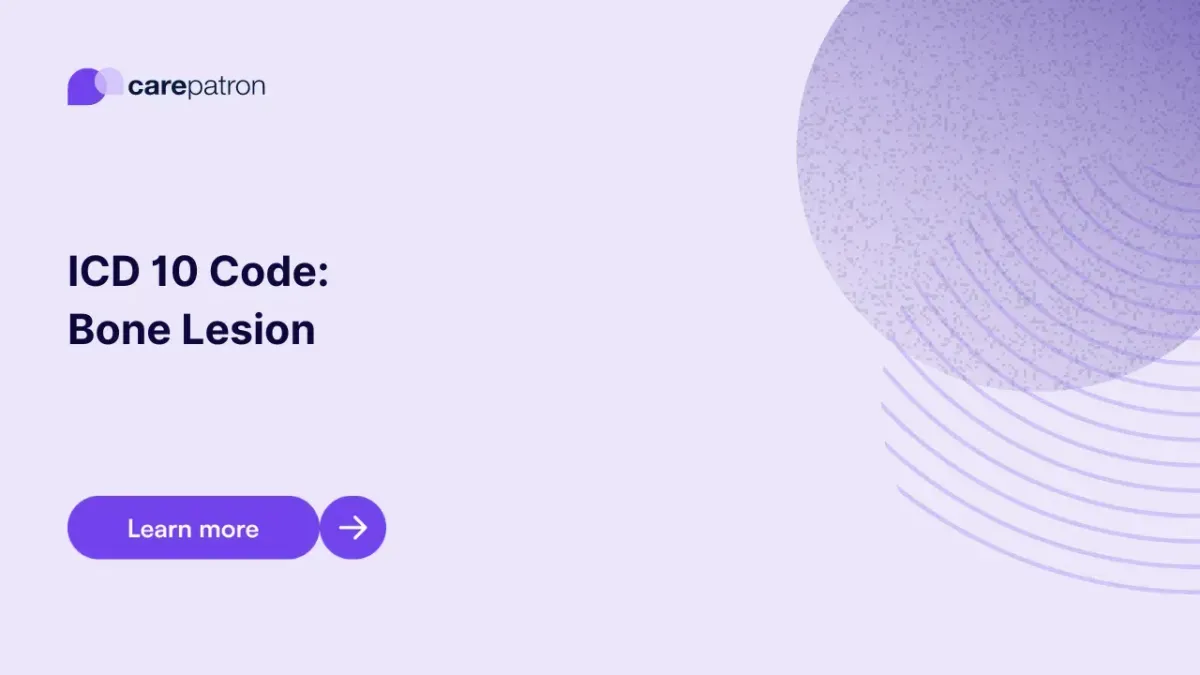
Bone Lesion ICD-10-CM Codes | 2023
Read this short guide to learn about Bone Lesion ICD codes you can use!
Use Code
Commonly asked questions
They will conduct imaging tests to determine and confirm the location and severity of the lesions. They will also conduct biopsies to check if the lesions are benign or malignant.
There’s no guaranteed way of preventing bone lesions from emerging. To lower the risk of bone lesions forming, people need to protect themselves from physical trauma and injury and have a balanced diet that promotes bone health.
Benign bone lesions are usually left alone unless they are causing damage. If they are causing damage, surgery will be conducted to remove the lesion.
As for malignant bone lesions, surgery, chemotherapy, and radiation therapy are often conducted to get rid of them.
EHR and practice management software
Get started for free
*No credit card required
Free
$0/usd
Unlimited clients
Telehealth
1GB of storage
Client portal text
Automated billing and online payments
